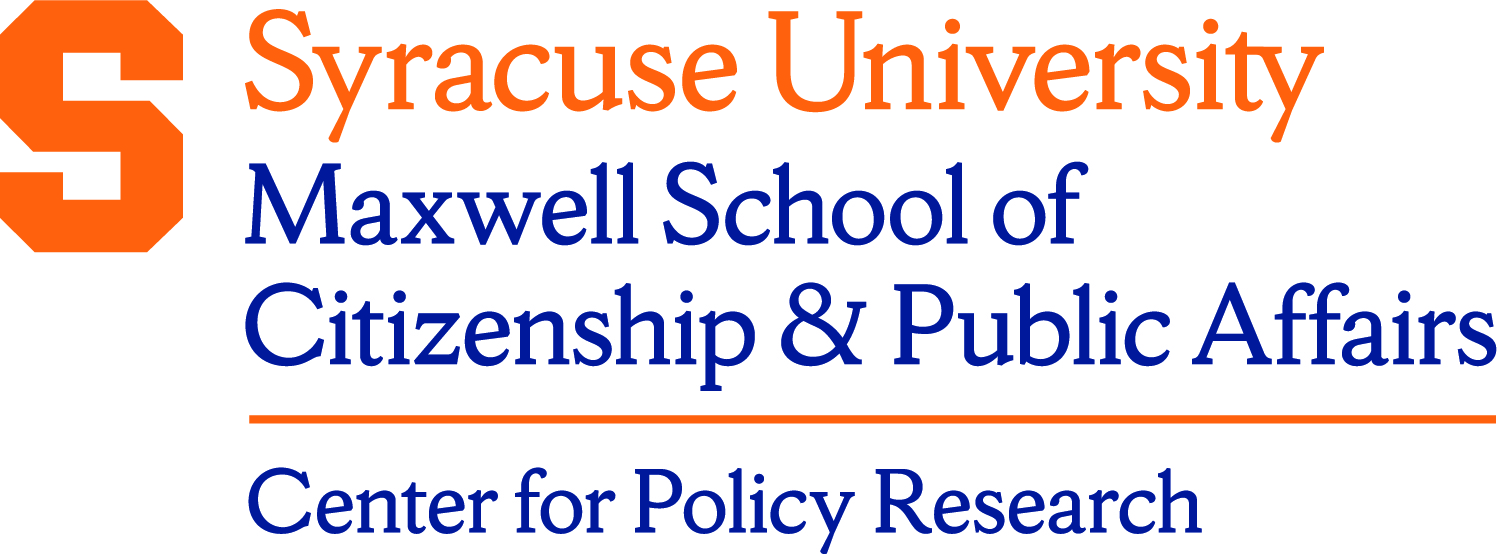Description/Abstract
The most popular tax subsidy to household saving in the United States is the 401(k)-type pension arrangement, which subsidizes saving through income-tax deferral on wages and salary dedicated to retirement saving and through investment accrual at the pre-tax interest rate. Although enabled by legislation in 1978, 401(k) plans effectively were not adopted until the Internal Revenue Service issued clarifying rules in 1981. Since then, they have grown remarkably and become the primary vehicle for retirement saving. In 1996, 33 percent of all private pension assets, 33 percent of all pension plans, and 45 percent of all active pension participants were in 401(k)s. The $104 billion in 401(k) contributions represented 61 percent of all pension contributions and 38 percent of National Income and Product Account (NIPA) personal saving that year. Benefits paid from 401(k)s represented 38 percent of total pension benefits disbursed.1
Document Type
Working Paper
Date
6-2001
Language
English
Series
Aging Studies Program Paper Series
Disciplines
Economic Policy | Economics | Public Affairs, Public Policy and Public Administration | Public Policy
ISSN
1084-1695
Recommended Citation
Engelhart, Gary V., "Have 401(k)s Raised Household Savings? Evidence from the Health and Retirement Study" (2001). Center for Policy Research. 423.
https://surface.syr.edu/cpr/423
Source
Local Input
Creative Commons License

This work is licensed under a Creative Commons Attribution 4.0 International License.
Included in
Economic Policy Commons, Economics Commons, Public Policy Commons




Additional Information
Aging studies program paper no.24